.
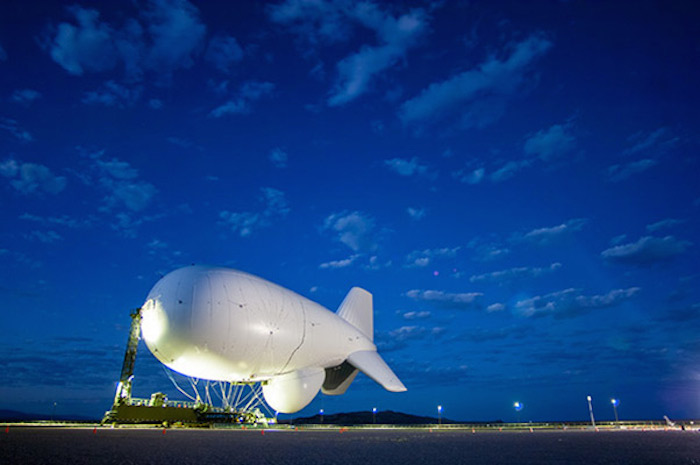
1. IT’S GOT AN AWKWARD REAL NAME.
.
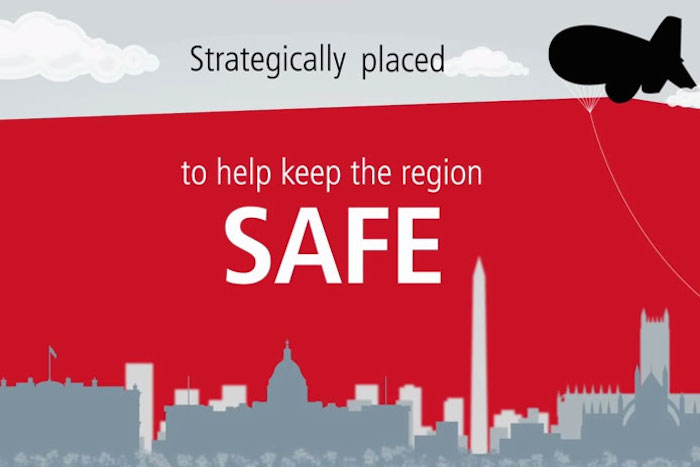
ts actual name is the Joint Land-Attack Cruise Missile Elevated Netted Sensor System – a real mouthful, even for the people who make the thing. JLACMENSS is also pretty hard to say, so everyone just calls it JLENS (pronounced jay-lens). Or “the radar blimp.”
-
2. IT WILL HELP PROTECT WASHINGTON, D.C., FROM CRUISE MISSILES AND OTHER FLYING MACHINES.
.
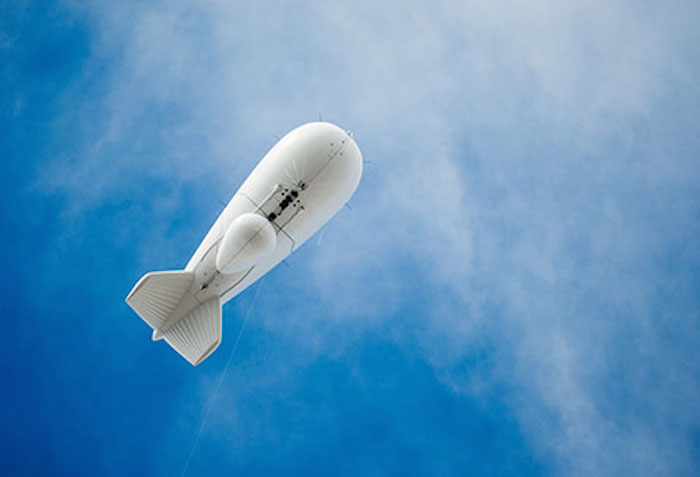
There’s a good reason senior military leaders are concerned about cruise missiles. They fly low, making them really hard for a ground-based radar to spot; there are lots of them out there; and some of them can even be launched from innocent-looking cargo containers.
Cruise missile defense is literally JLENS’s middle name. When the system is operational at Aberdeen Proving Ground, it will become part of the defenses that help protect the National Capital Region -- the federal government's name for the metro Washington, D.C. area.
-
3. IT’S REALLY, REALLY BIG.
.
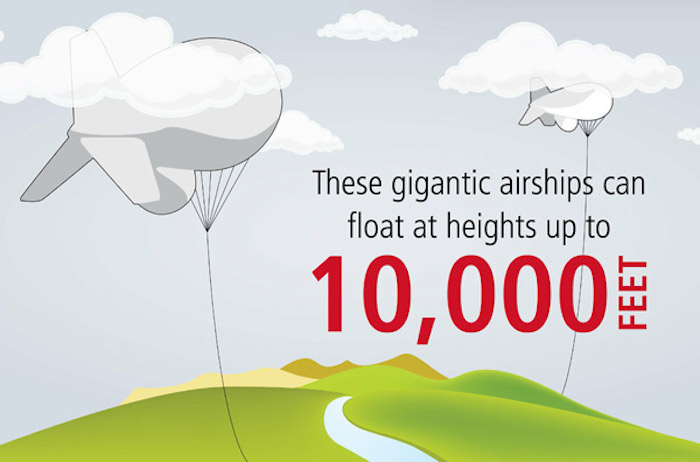
LENS is large. Humongous. Ginormous. Some people have said that JLENS looks like a floating whale, but that’s an understatement. JLENS is 242 feet long. A blue whale, the biggest animal on the planet, only grows to 110 feet. Why is the balloon so big? It has to lift a large, a high-powered radar (located in the blister underneath the balloon) 10,000 feet in the air. Another important difference between JLENS and blue whales: JLENS is white, filled with helium and doesn’t eat plankton.
-
4. DON'T GET OFFENDED WHEN JLENS IGNORES YOUR FRIEND REQUEST.
.
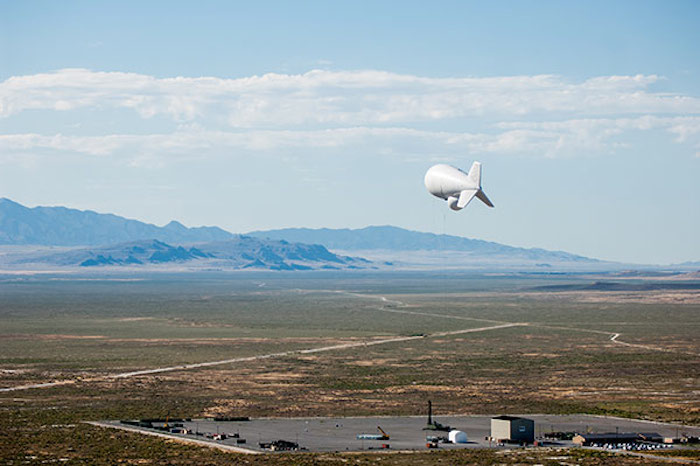
The news feeds of radars are pretty selective. And the JLENS headed to Aberdeen Proving Grounds will only have a radar on it. JLENS' radar likes to keep up with machinery like drones, airplanes and missiles. But they can’t see, much less track, people. Sure, JLENS is powerful enough to detect something moving on the surface, like a car or a boat, but because of the way radars work, they can’t determine things like make, model or color – much less who is the driver. So when JLENS ignores you, don’t take it personally. It’s just physics.
-
5. IMPRESS YOUR FRIENDS! (DON’T CALL JLENS A BLIMP)
.
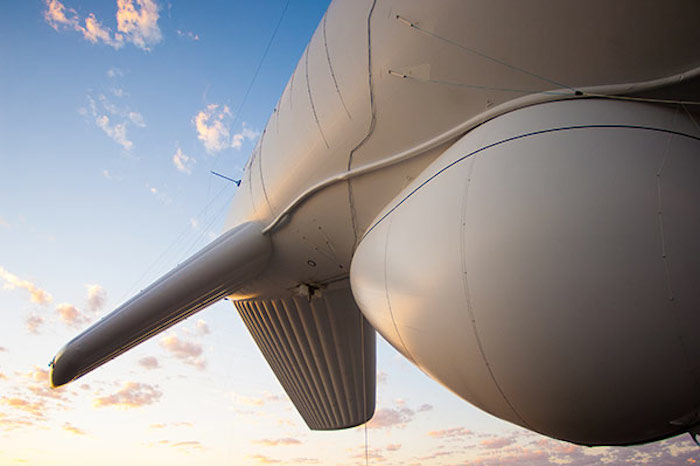
echnically speaking, JLENS is an aerostat, which means tethered airship. It’s anchored to the ground by a 11/8 inch thick super-strong cable. The tether is strong enough to withstand 100 mph winds… and during testing, it accidentally was exposed to a 106 mph storm and did just fine. Electricity runs up the cable and powers JLENS’ radar, and ones-and-zeroes from the radar run down fiber optic wires to a computer processing station on the ground. In fact, a lot of the things which makes JLENS work are on the ground… including the people who operate the system.
-
6. ITS CRAZY-POWERFUL RADAR CAN DETECT THINGS FLYING BEHIND MOUNTAINS.
.
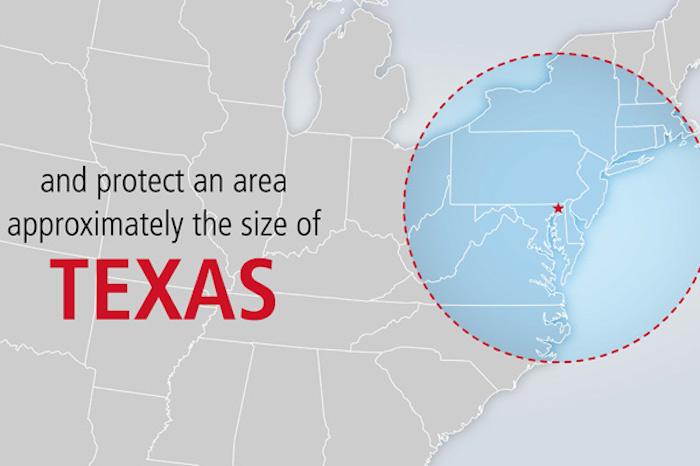
The radar on each blimp can track moving pieces of machinery as far as 340 miles away. That’s partially because the radar is so powerful, and partially because JLENS is airborne. Think of it this way: When you’re standing on the ground, you can only see for a few miles because of the earth’s curvature, and even less if there are trees or houses in the way. But if you go to the top of a tall building, you can see much further and your view isn’t blocked. Radars work the same way – put one on an aerostat, send it up to 10,000 feet above sea level, and voila! It has a range as wide as the state of Texas! From so high up, it can track things flying close to the ground – like cruise missiles. And because JLENS is almost 3,300 feet higher than any mountain east of the Mississippi, its radar will be able to detect what’s coming around the mountain… before it comes.
-
7. IT DOESN’T GO INTO SPACE, BUT IT’S STILL CALLED AN ORBIT.
.
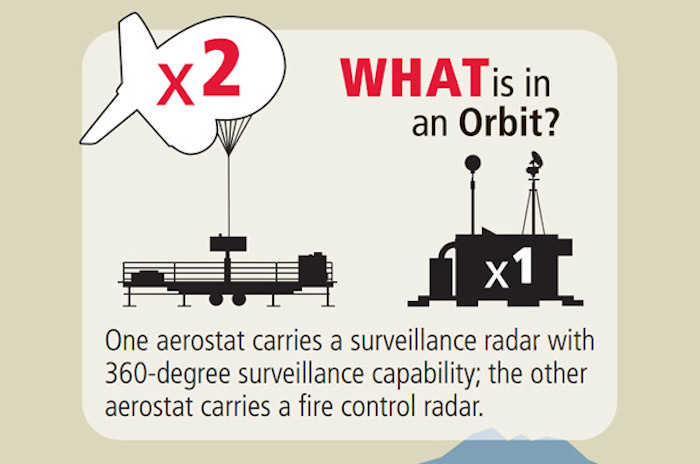
A complete JLENS “orbit” consists of two radar-carrying blimps, and a bunch of ground-equipment, like computer processors and cranes to raise and lower the big balloons. The highest it goes is 10,000 feet, which is the same altitude where you can use Wi-Fi on an airplane. Why two radar blimps? The radars work together – one looks over a very broad area for general situational awareness, and if it “sees” something of interest, it cues the other radar to take a closer look.
-
8. IT’S IN FOR THE LONG HAUL.
.
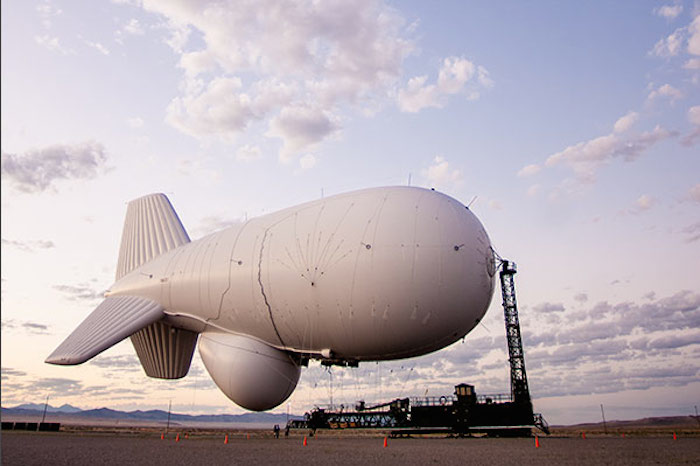
JLENS can stay up for a long time – 30 days at a stretch. That makes it five to seven times less expensive to operate than a radar-carrying airplane. Thirty days is 720 hours in the sky. For anyone but an aerostat, that’s a long flight.
-
9. IT CAN STILL FLOAT WHEN IT’S FULL OF HOLES.
.

Stick a pin in a party balloon and its game over. But the air pressure on the inside of JLENS is almost the same as the air pressure on the outside. So even if JLENS had more holes than a hunk of swiss cheese, it would take a long time for the helium to leak out and it would simply settle to the ground over several days.
-
10. IT WORKS WELL WITH OTHERS.
.
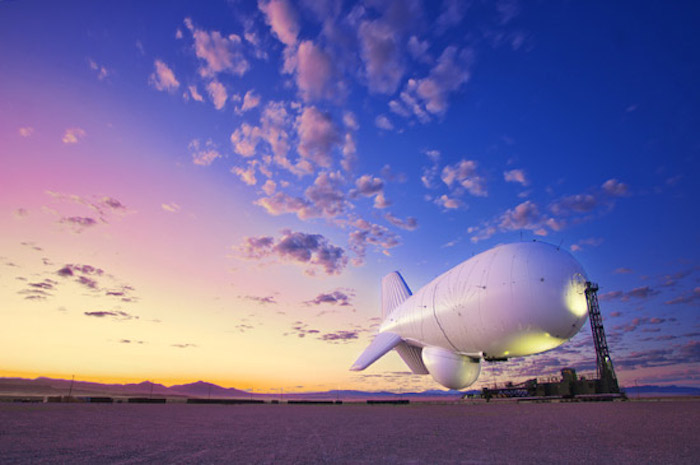
JLENS doesn’t have any weapons, so if it detects an inbound threat like a cruise missile or drone, it will pass that information on to the National Capital Region’s Integrated Air Defense System. Another cool feature is that JLENS works with other air defense systems, like the AMRAAM air-to-air missile, the U.S. Navy’s Standard Missile-6, the U.S. Army’s Patriot air defense system and the National Advanced Surface to Air Missile System, which is currently defending the Washington, D.C. area.
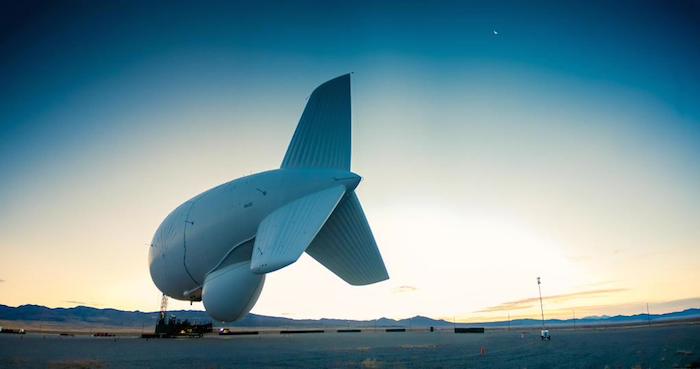
Quelle: Raytheon
3778 Views
